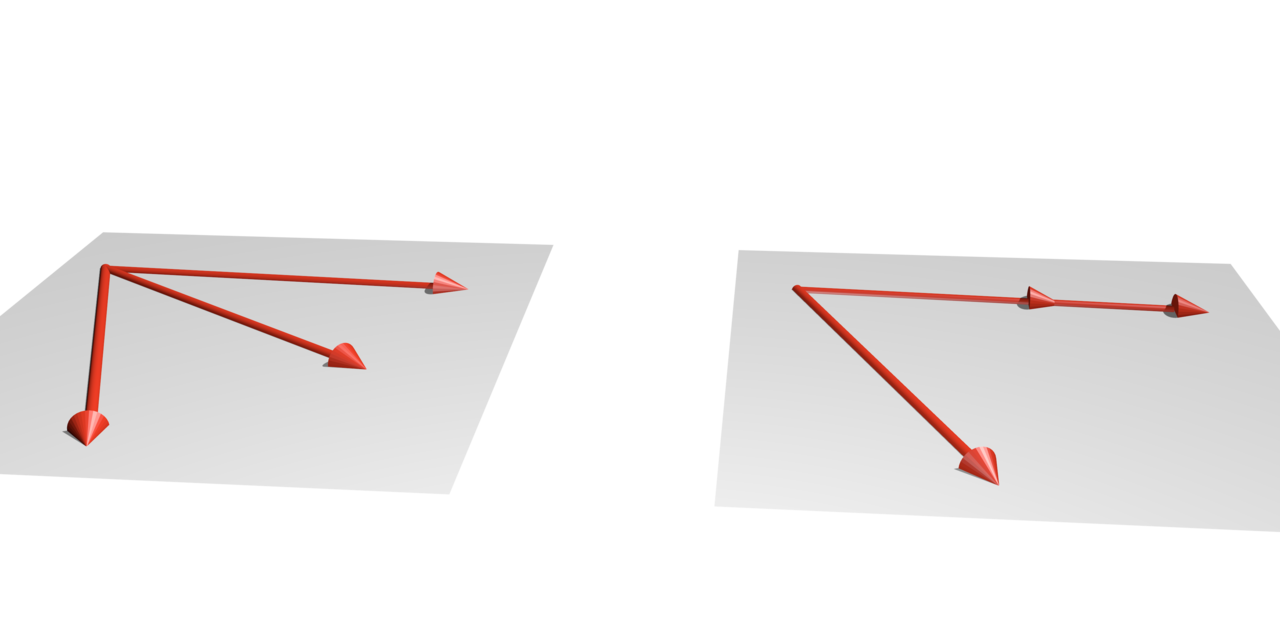Introduction

In the realm of linear algebra, the concepts of linear dependency and linear non-dependency hold significant importance. These terms help us analyze the relationships between vectors and understand how they interact within a vector space. In this article, we will delve into the intricacies of linear dependency and linear non-dependency, exploring their definitions, and characteristics, and providing illustrative examples to enhance our understanding.
Understanding Linear Dependency
Linear dependency refers to a situation where a vector can be expressed as a linear combination of other vectors within the same vector space. In other words, one vector is redundant and does not contribute any new information. Mathematically, if we have a set of vectors {v₁, v₂, ..., vₙ}, and there exist scalars c₁, c₂, ..., cₙ (not all zero) such that c₁v₁ + c₂v₂ + ... + cₙvₙ = 0, then the vectors are linearly dependent.
Example
Consider the following set of vectors in three-dimensional space
v₁ = [1, 2, 3]
v₂ = [2, 4, 6]
v₃ = [3, 6, 9]
| v₃ 10 + | 5 + v₂ | 0 + v₁ |________________ 0 1 2 3We can observe that v₃ is simply a scalar multiple of
v₁: v₃ = 3v₁
Therefore, we can express v₃ as a linear combination of v₁ and v₂
0v₁ + 0v₂ + 1v₃ = 0
Thus, these vectors are linearly dependent.
Understanding Linear Non-Dependency
Linear non-dependency, on the other hand, refers to a situation where a set of vectors cannot be expressed as a linear combination of each other. Each vector in a linearly non-dependent set adds new information and contributes to the vector space. In mathematical terms, if the only solution to the equation c₁v₁ + c₂v₂ + ... + cₙvₙ = 0 is when c₁ = c₂ = ... = cₙ = 0, then the vectors are linearly non-dependent or independent.
Example
Consider the following set of vectors in two-dimensional space
v₁ = [1, 0]
v₂ = [0, 1]
| 2 + v₂ | 1 + v₁ |________________ 0 1We can observe that no scalar multiples of one vector can yield the other vector. Thus, we cannot express v₂ as a linear combination of v₁, and vice versa. Therefore, these vectors are linearly non-dependent.
Key Differences
Linear dependency implies redundancy, where at least one vector can be expressed as a linear combination of others. In linear non-dependency, no vector can be expressed as a linear combination of the remaining vectors.
Linear dependency results in a relation of dependence, whereas linear non-dependency indicates an independent relationship between vectors.
Conclusion
Linear dependency and linear non-dependency are vital concepts in linear algebra that help us understand the relationships between vectors within a vector space. Linear dependency indicates redundancy, where at least one vector can be expressed as a linear combination of others, while linear non-dependency suggests independence, where no vector can be expressed as a linear combination of the remaining vectors. Through examples, we have explored the characteristics and differences between these two concepts. Mastering these concepts allows us to navigate the complexities of linear algebra and apply them to real-world problems across various disciplines.


